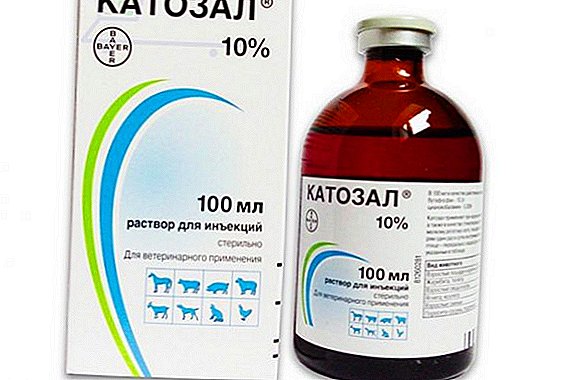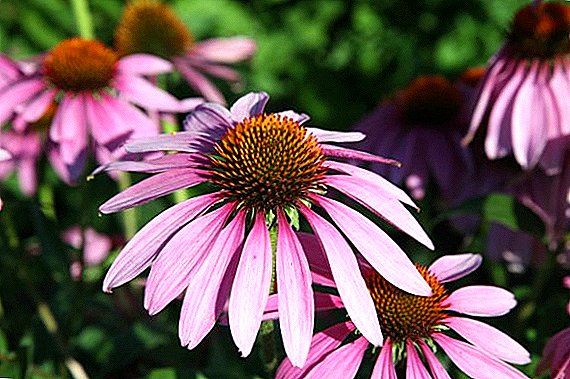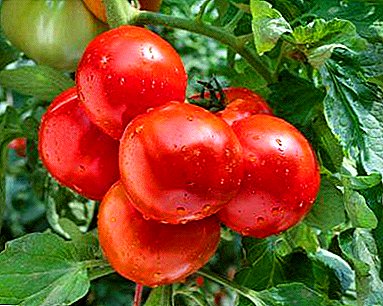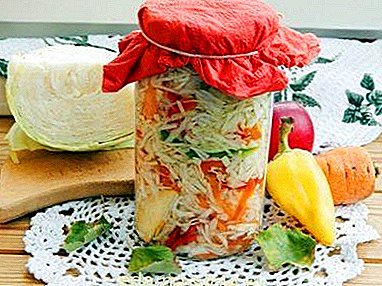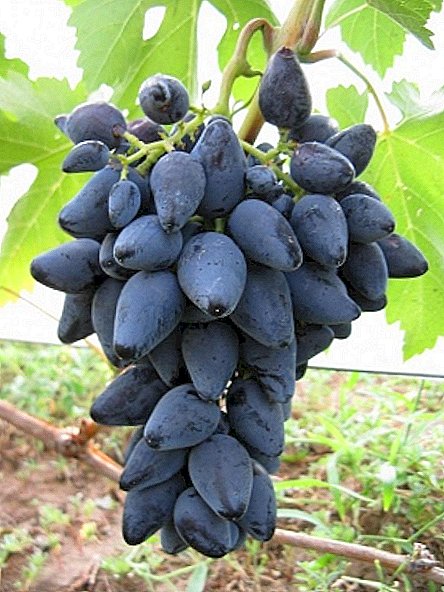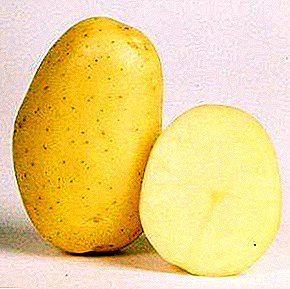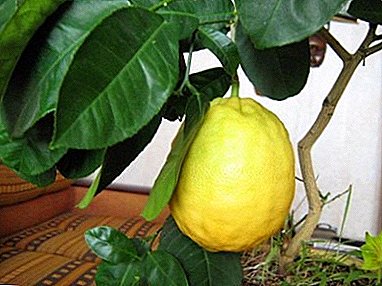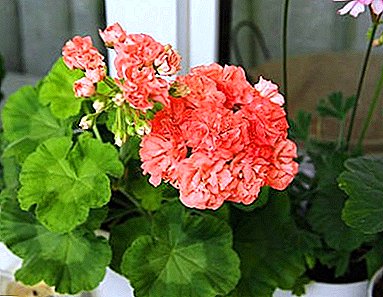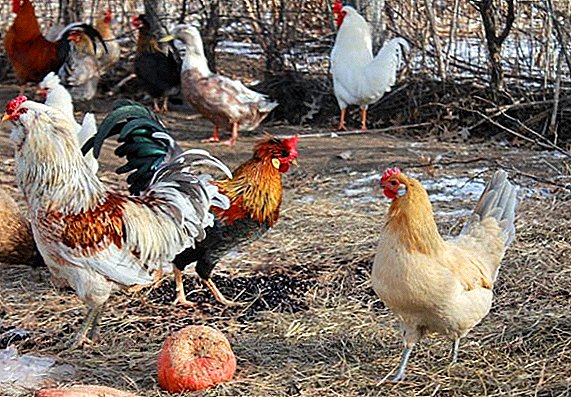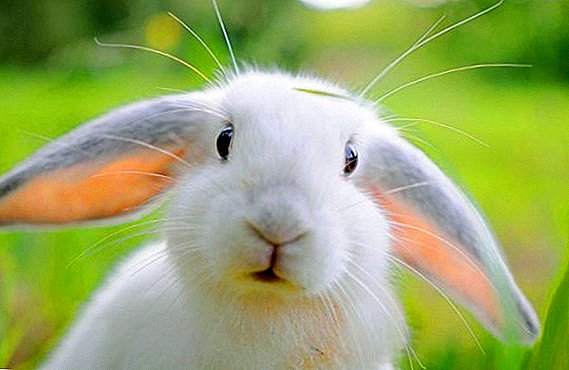 Rabbits are mammals of the lagup family. Their fur is most often brown, gray or yellowish. White rabbits in nature, like other animals of this color, are very rare, and there are very few breeds whose distinguishing feature is white fur. For the fur direction, it is the white color of fur that is of paramount importance - it can be used in natural color or repainted to any other color. The demand for it in the production of fur products will always be consistently high. Consider the most popular breeds of rabbits with white color fur coats.
Rabbits are mammals of the lagup family. Their fur is most often brown, gray or yellowish. White rabbits in nature, like other animals of this color, are very rare, and there are very few breeds whose distinguishing feature is white fur. For the fur direction, it is the white color of fur that is of paramount importance - it can be used in natural color or repainted to any other color. The demand for it in the production of fur products will always be consistently high. Consider the most popular breeds of rabbits with white color fur coats.
New Zealand White
Breed history
This breed was bred in California, in all likelihood, from animals introduced from New Zealand. Standardized in the USA in 1916. Flemish giants and Belgian hares participated in its creation. White color was obtained in 1917 by William Preshow by selecting white individuals from litters of New Zealand red rabbits. 
Appearance
A distinctive feature of New Zealand rabbits is a pinkish or light brown shade of white fur on the nose. The main fur of the representatives of the breed is snow-white, long and thick, on the ears - shorter.
The New Zealand has a narrow and muscular round-faced muzzle. Eyes of ruby color. Ears are small, wide, standing up. The animal has a rounded body, large, long hind legs and small, short front pectoral muscles.
It is interesting to get acquainted with collections of rabbit breeds: decorative, fur and downy.
Females - owners of dewlap. This is a special flap of fur under the chin that stores fat, which will be used as an additional source of energy during pregnancy and lactation. 
Productive characteristics
New Zealanders bred for skins and meat. The weight of the male is 4-4.5 kg. The weight of the female is slightly more - about 5 kg. The length of the torso of the male is 47 cm, the females are 49 cm. By 7 months, the rabbits reach an optimum weight of 5 kg. Slaughter starts at 4 months. The meat yield during this period is 51.9%. With increasing weight, the output increases by 5-7%. Rabbits are very productive. In one litter they give birth to 8-9 cubs.
Did you know? Rabbits react to diseases in the same way as humans. In medical laboratories in the USA, New Zealand rabbits are used most often. They are involved in the development of drugs for diabetes, tuberculosis, diphtheria and other diseases.
White giant (giant)
Breed history
Bred in Germany in the 20th century. Based on the Flandre giant rabbits, one of the oldest meat and fur breeds in Europe (bred in Flanders in the XVI century). 
The purpose of the selection was to get rabbits with perfect white fur. Albinoes were selected from the Flandrov herd and mated with chinchillas and gray giants. The result was a breed with excellent white fur and excellent meat characteristics.
Learn more about white giant rabbits.
Appearance
The white giant is distinguished by thick, very beautiful snow-white wool. A large muzzle with a prominent forehead is decorated with large erect ears. Their length is equal to ¼ the length of the rabbit. In shape, they are wide with rounded ends. The eyes are red, small. The body is large, elongated. The back is straight, wide, croup rounded with a developed musculature, deep chest with a small dewlap. Paws are powerful, of medium length.  In females, a second chin is possible - a characteristic feature of white giants. The female muzzle is more elongated than the male.
In females, a second chin is possible - a characteristic feature of white giants. The female muzzle is more elongated than the male.
Productive characteristics
White giant refers to meat and fur species. The weight of the male - 4.8-5.8 kg, depending on the class, can reach 7 kg. The weight of the female is practically not inferior to the weight of the male and is 5-5.5 kg. The length of the body reaches 60 cm. White giants are gaining weight well. Slaughter for meat starts at 5 months of age when the animals reach 80% of adult weight. The meat yield is 46-48%. Rabbits are very good mothers who carefully care for and watch their offspring. For 1 time the rabbit brings 7-9 babies.
Did you know? The breed of the Flemish giants in their homeland has many nicknames: "gentle giant" (for extreme flexibility) and "universal rabbit" (for a variety of purposes for its use).
White pannon
Breed history
The white pannon was bred in Hungary in 1988. Representatives of meat breeds are taken as a basis - the New Zealand white rabbit, the white giant and the California rabbit. The purpose of the selection was to obtain a ripened eared white. The resulting hybrid, the white pannon, reaches a weight of 2.3 kg by the 10th week. 
Appearance
The hair of the pannona is white, thick, tight to the body. A characteristic feature of the hybrid - a proportional elongated body with powerful hind legs and small front. The head is elongated. The ears are large, round shape, standing. Eye color is red. 
Productive characteristics
White pannon refers to meat species. The weight of an adult rabbit is 4.5-5 kg. Pannonov distinguishes precocity. By 3 months the animal reaches a weight of 3 kg. It is believed that slaughter can begin when it reaches a weight of 3.5 kg, regardless of age. Thin bones allow you to get an increased yield of meat when slaughtering - up to 59-62%.
This hybrid has excellent fertility. The female is ready to mate at the age of 90 days. A year can bring up to 7 litters, each of which will have up to 8-9 babies.
Important! The wool of any animal is almost entirely composed of keratin protein compounds. To maintain it in good condition, you need a large amount of protein. This is especially important for fur rabbits.
Viennese white
Breed history
The breed was introduced in 1907 by the Austrian railroad worker Wilhelm Mook. The purpose of the selection was to get a medium-sized white rabbit without red eyes. To achieve the goal, Dutch rabbits were crossed, including the Flemish giant and the Dutch lop. The resulting rabbit with blue eyes and soft fur is today one of the most popular in Europe. 
Appearance
A distinctive feature of the representatives of the Viennese whites - blue eyes. If the kids both parents belong to the Vienna rabbits, then their eyes will turn blue. Rabbits, in which only 1 parent belongs to the Viennese breed, may have spotty or even blue eyes.
Read also about the breed of rabbits Viennese blue.
Viennese attributed to mid-size. They have a magnificent silky fur with a dense undercoat. The coat is shiny, white. The torso is cylindrical in shape with well-developed musculature. Paws are powerful, of medium length. Ears rounded, long, erect. The head is large, the neck is short, almost imperceptible in a sitting position. 
Productive characteristics
Breed refers to meat and fur. Weigh its representatives from 3 to 5 kg. Slaughter for meat starts from 4 months. Meat yield - 51-55%. By fertility, Viennese whites do not set any special records. The female brings 6-7 rabbits in one litter, and she is able to reproduce offspring 6-7 times a year.
Important! Due to the summer heat, males can become completely sterile. Their reproductive functions will recover when cool weather sets in.
Thermon white
Breed history
Thermon white or French thermon is derived at the junction of the XIX and XX centuries in Belgium. When crossing, the white giant and the New Zealand white rabbit are involved. The resulting breed refers to the meat-fur direction. 
Appearance
A distinctive feature of the French thermons is a coat of medium density, tight to the body, without gloss. Animals are quite large. The head is rounded, large, on a long neck. Ears rather big - up to 16 cm in length. The eyes are red. The body is long, oval in shape with powerful muscles. The croup is broad and rounded.
Females are more graceful than males. The rabbit has a wide basement, which is absent in males. 
Productive characteristics
Thermona whites are distinguished by universal indicators. Their weight reaches an average of 5 kg. In 4-4.5 months, representatives of the breed weigh 4.1-4.2 kg. During the month of keeping the animal gain about 600-700 g of weight. Slaughter can be carried out from 4 months. Meat yield - 48-51%.
Breeding early - females are ready for mating at the age of 3 months. The average size is 7-8 rabbits, and their number per year can reach 7.
Learn all about breeding rabbits at home, in particular, about rabbit breeding as a business, as well as about the beneficial properties of rabbit meat.
White down (dwarf, decorative)
Breed history
The breed was bred in the USSR in the fur farm "Solntsevsky" of the Kursk region. The standard was approved in 1957. Angora white rabbits and Kursk locals were used for breeding. Now the breed has 2 subspecies - Kursk and Kirov rabbits. The task of selection was to improve the productive qualities of the local breed. 
Appearance
Fur animals of medium size, different spherical shape: rounded head on a spherical body. Ears are medium-sized, elongated, without tassels. The eyes are red. The coat is thick, with a good downy undercoat.
The down differs in ease and elasticity. The productivity of down from one individual is 300-500 g per year. Its length is 5-7 cm, in some individuals it reaches 15 cm. The quality of the down of such a rabbit is not inferior to the wool of merino sheep.
The chests of white down females do not have dewlap. Paws strong, muscular. 
Productive characteristics
Males and females weigh about 4-4.5 kg. It is not very much, but enough for downy breed. The length of the body is 54 cm. Females reach sexual maturity not earlier than 8 months. Males of white downy keep for reproduction only. The rest is slaughtered for meat at the age of 6-7 months. The meat yield is 45%.
Pooh can be collected from 2 months. The average duration of use of females is 5-6 years. Rabbits for 1 okrol bring 6-7 rabbits.
We advise you to read about the nutrition of rabbits: what kind of grass you can feed rabbits (burdocks, wormwood, nettle, dangerous plants), winter ration of rabbits, making hay for rabbits.
Improving the meat and downy qualities of rabbits is one of the important areas of animal husbandry. Breeding white rabbit breeds can be a fairly profitable business, since it is this color of animal fur that is valued above all else.


